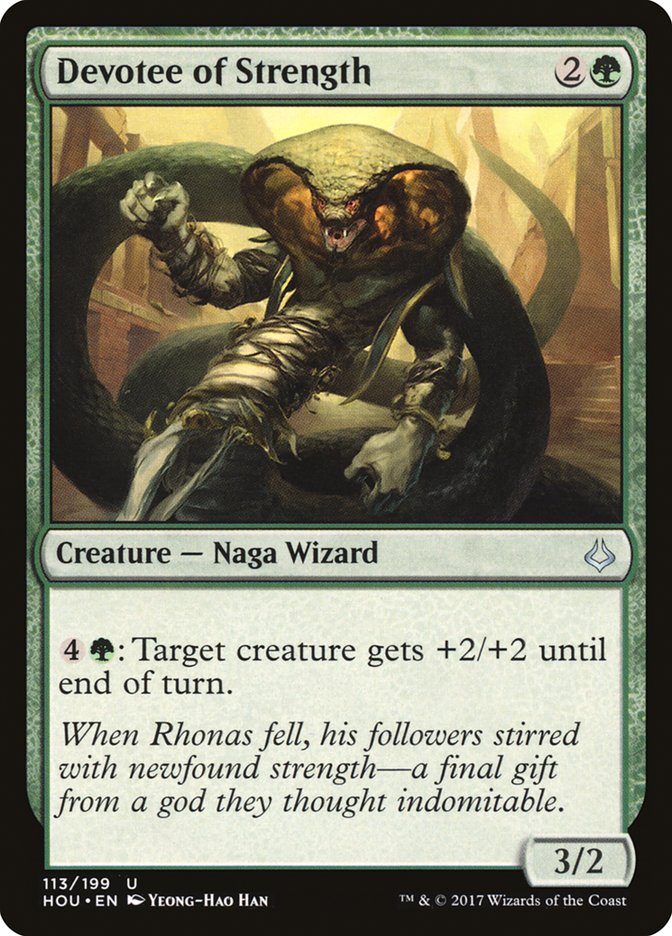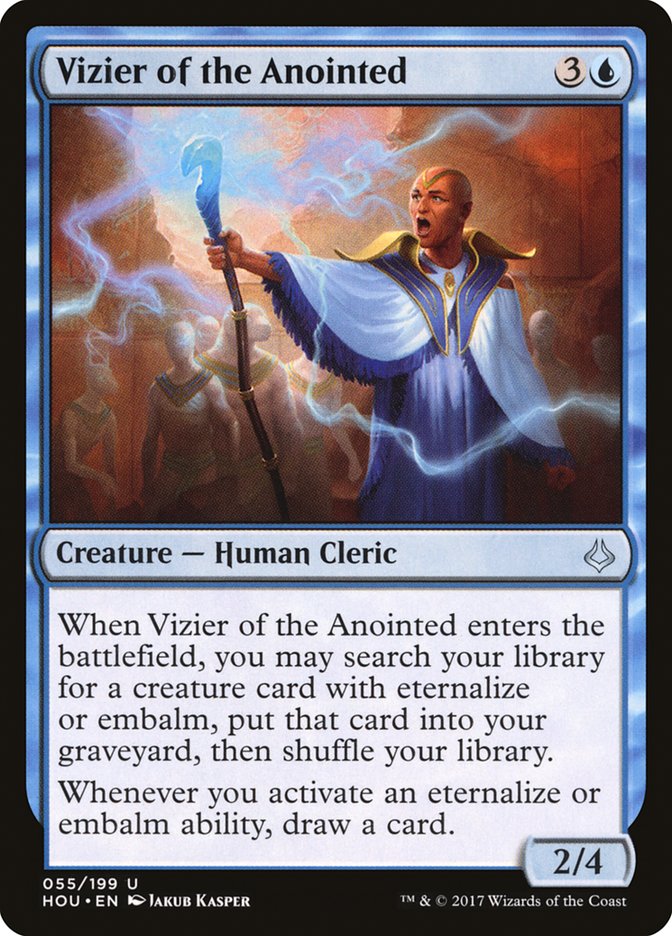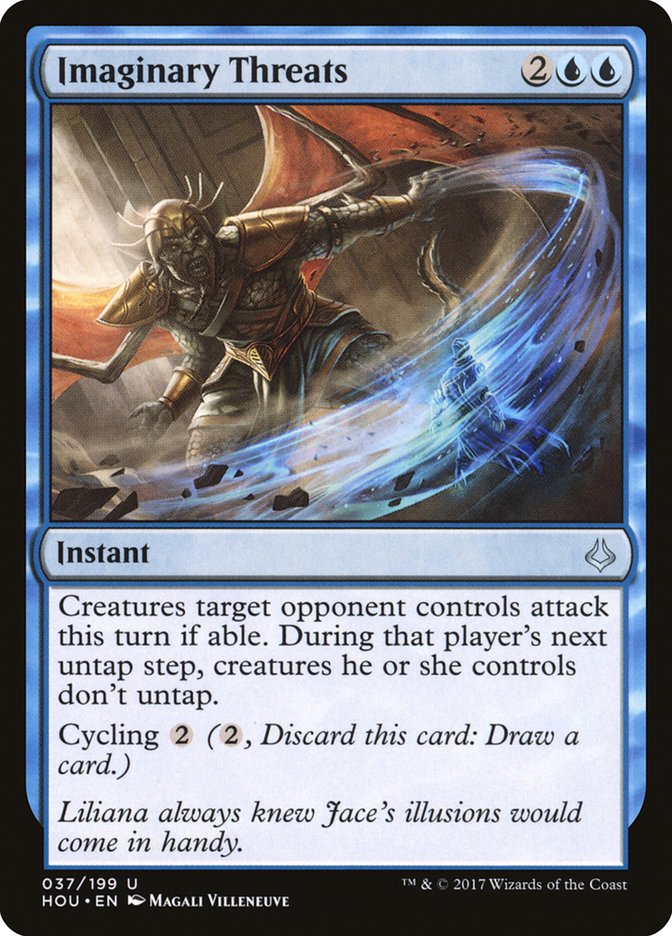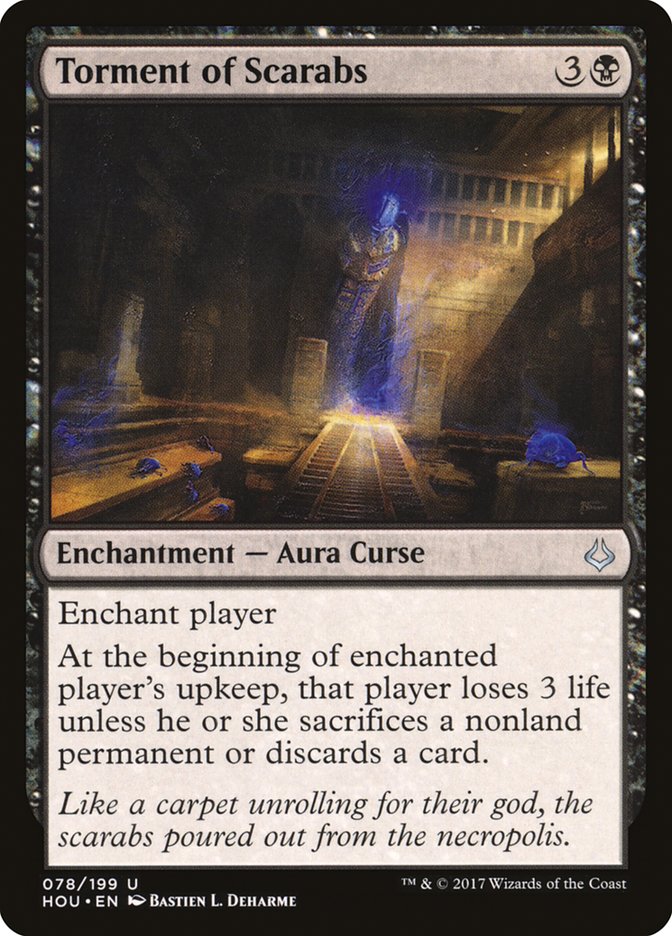After spending some time to look at the full set of Hour of Devastation, there are a fair number of cards that have a lot going on. I’m going to start with a card that is actually pretty easy to evaluate, but one that many players will underestimate. And we’ll get into the odd ones afterwards!
This card is quite good. It’s a great example of a card that, if you don’t play Limited very often, doesn’t seem so great. A three-mana 3/2 isn’t good on its own, and five mana for +2/+2 is certainly not enough bang for your buck. But if you’ve played against mana sinks like this enough, you know that they just make combat impossible.
Play this in any green deck, and be happy with it. Note that the card gets worse in multiples, but it is a solid card. I don’t think I’m going to be first-picking it often.
This is a lot of text for an uncommon. Four mana for a 2/4 is pretty terrible, but the flashy aspect of Vizier of the Anointed is very good. It essentially draws two cards: first is the Eternalize or Embalm target, and second is the card you draw off of that.
I’m pretty sure I’ll put this card in any deck with at least two targets, since if you only have one and draw it, then Vizier of the Anointed is pretty bad. What’s difficult about the evaluation of this card is exactly how to optimize it. The card works great with Eternalize and Embalm cards, but do they really go up in your pick order? Is there such a thing as too many of them? Where is the optimal number?
It’s going to be hard to come to a conclusion prior to playing with the card, but I would recommend taking this card early and messing around with it to try to figure it out. The ceiling on this card means that you can’t lose the long-game, and the floor (as long as you have a couple of cards it works with) is pretty high to boot!
This card is incredibly swingy. Let’s look at it in all four quadrants:
Development: You can cycle it here for two if you have nothing else to do. Not great, but not nothing.
Ahead: It seems pretty good here, as racing will be very difficult.
Behind: At least it has cycling! But other than that, it just doesn’t do enough in most circumstances when you’re behind.
Parity: Now this is where this card shines. When a battlefield is clogged up, combat favors the defender. Making double blocks that leave you ahead doesn’t seem too hard, and anything you can’t block profitably still won’t untap for a full turn-cycle.
Cycling on a swingy card is certainly nothing to scoff at. Imaginary Threats wins games all by itself when racing or in a battlefield stall, two very common situations in a game of Limited. I am going to start by assuming that this card is extremely good, but it’s possible that, with the way threats line up in this format, it doesn’t eat a creature as often as I think it will.
“Punisher cards” (cards that give opponents a choice) aren’t very good. But Torment of Scarabs is an interesting one. My guess is that, more often than not, this card shouldn’t be in your deck.
One reason why this card isn’t good is that losing three life is an option. Cards in hand and permanents are resources that tend to whittle down more easily than life in many games of Limited. In those matches, you can often afford to pay three life for a turn or two in order to build up some discard fodder. This leads me to believe that there may be some sort of aggressive deck that wants this card as a way to win the long-game. Still, that would require the aggressive deck to want to have a plan for the long-game, which may just be worse than a creature like Emberhorn Minotaur.
Torment of Scarabs also seems very good against control decks, as it does put a constant tax on their resources, but that really just makes it a sideboard card. Overall, I’m starting out skeptical, and I don’t expect the card to make my deck. This is definitely a card I’ll try to build around, but my hopes aren’t high.
Note that if you ever get multiples on the battlefield at the same time, they’ll probably end the game very quickly.





